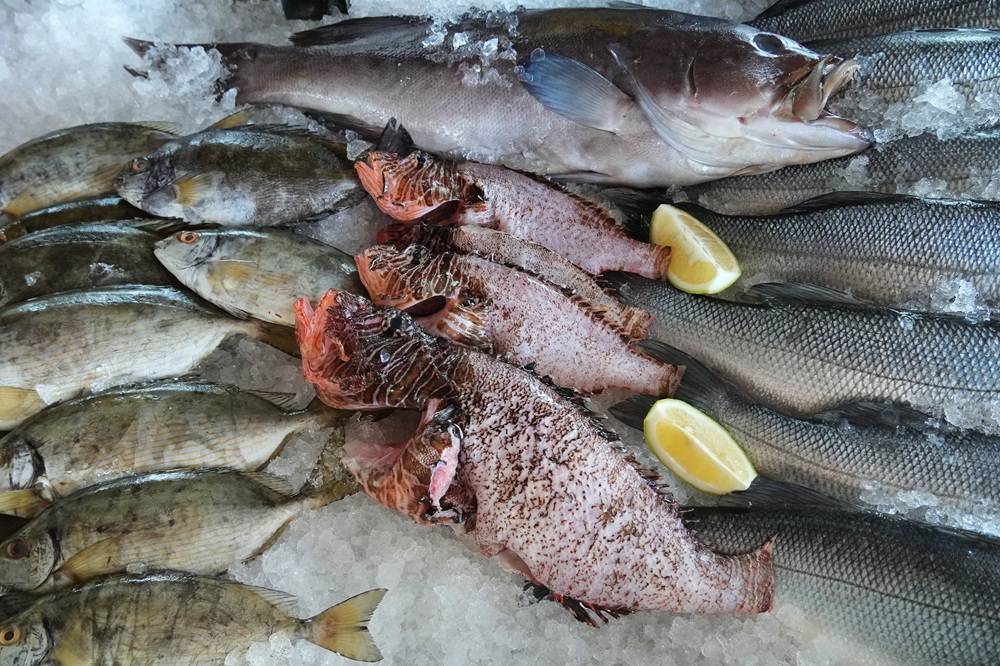Commercial fishing fleets have been playing a key role in trafficking parts of tigers poached in Malaysia, according to research released Wednesday that could help enforcement efforts to save the critically endangered cat.
The fishing boats are part of a network of routes used by sophisticated teams of poachers to move parts of illegally killed Malayan Tigers and other poached animals to Vietnam, according to the study by conservation organizations Panthera and ZSL in conjunction with Malaysia's Sunway University.
Through interviews with more than four dozen people involved in the operations, including poachers and those who brokered sales of the illicit goods, researchers found that fishing boats were able to carry larger consignments, cheaper, and less likely to be checked by customs than land or air routes.
“To really crack a problem and insert the right intervention that's going to have any impact you have to understand the thing inside out,” said Panthara's Rob Pickles, the lead author of the study, in a phone interview from Kuala Lumpur. “That's what we hope that this study does — contribute to that depth of understanding of the problem to allow us to tailor the interventions.”
From a population estimated at some 3,000 tigers in the middle of the 20th century, the latest estimates are that there are only about 150 of the cats left in Malaysia and they have already gone extinct in Cambodia, Laos and Vietnam over the last 25 years.
In addition to poaching, tigers have lost much of their habitat to deforestation, and they have been falling victim in recent years to the canine distemper virus while a major source of food, the wild boar, has been decimated by the African swine fever virus.
“It's their last gasp,” Pickles said. “This is the last chance to turn things around.”
The tigers live in the forests of peninsular Malaysia, which is connected by land to Thailand to the north. They have also been targeted by poachers from Malaysia, Cambodia and Thailand, but researchers said the Vietnamese teams operate on a “different order of magnitude.”
Almost all from the poor, rural and rugged province of Quang Binh, where many took to the jungles to escape relentless American bombing during the Vietnam War, the poachers use well-honed bushcraft skills to live as small teams in the forests for three to five months at a time on poaching excursions.
They capture wild tigers with heavy steel snares made of wires as thick as a person's index finger, as well as other animals.
Once caught, the tigers are killed and processed largely for their bones, which are boiled for days until they become a gelatinous glue-like substance that is pressed into small blocks and sold for perceived medicinal benefits. Claws and teeth are used to make amulets.
As Malaysia went on lockdown during the COVID pandemic, poaching operations came to a near standstill. The researchers were able to use the time to find and interview more than 50 individuals involved in the operations for the study, which was done in two phases concluding in 2024.
Researchers learned that fishing boats were also used to carry bear paws and bile, live civets, wild boar tusks and meat, pangolins, monitor lizards and turtles.
One person told researchers the fishing boats were ideal to send larger items like tiger skins.
“Nobody checks,” the interviewee was quoted as saying. “In addition, people can go back by boat so many things also can be brought back by this route.”
Malaysia and Vietnam have both been increasing maritime controls recently, making trafficking by fishing boats riskier.
Malaysian authorities have also had success in catching poachers and have substantially increased punishments for wildlife crime in recent years, though the study also found that the managers who send the teams into the forests are rarely caught and can easily recruit replacements.
Researchers also learned that many Vietnamese poachers take on significant debt to travel to Malaysia.
They recommend that in addition to focusing more on fishing boats, authorities should target potential poachers in their home villages in Quang Binh with information about the increasing risks and diminishing returns to try and dissuade them from coming to Malaysia in the first place.
Officials in Malaysia and Vietnam, both of which were celebrating public holidays this week, did not respond to requests for comment on the survey and its recommendations.
“We can’t arrest our way out of a problem or over-rely on the criminal justice system,” said ZSL's Gopalasamy Reuben Clements, a co-author of the report.
“We need to explore other approaches, such as highly targeted behavioral change interventions, that can run in parallel to arrests and prosecutions.”










